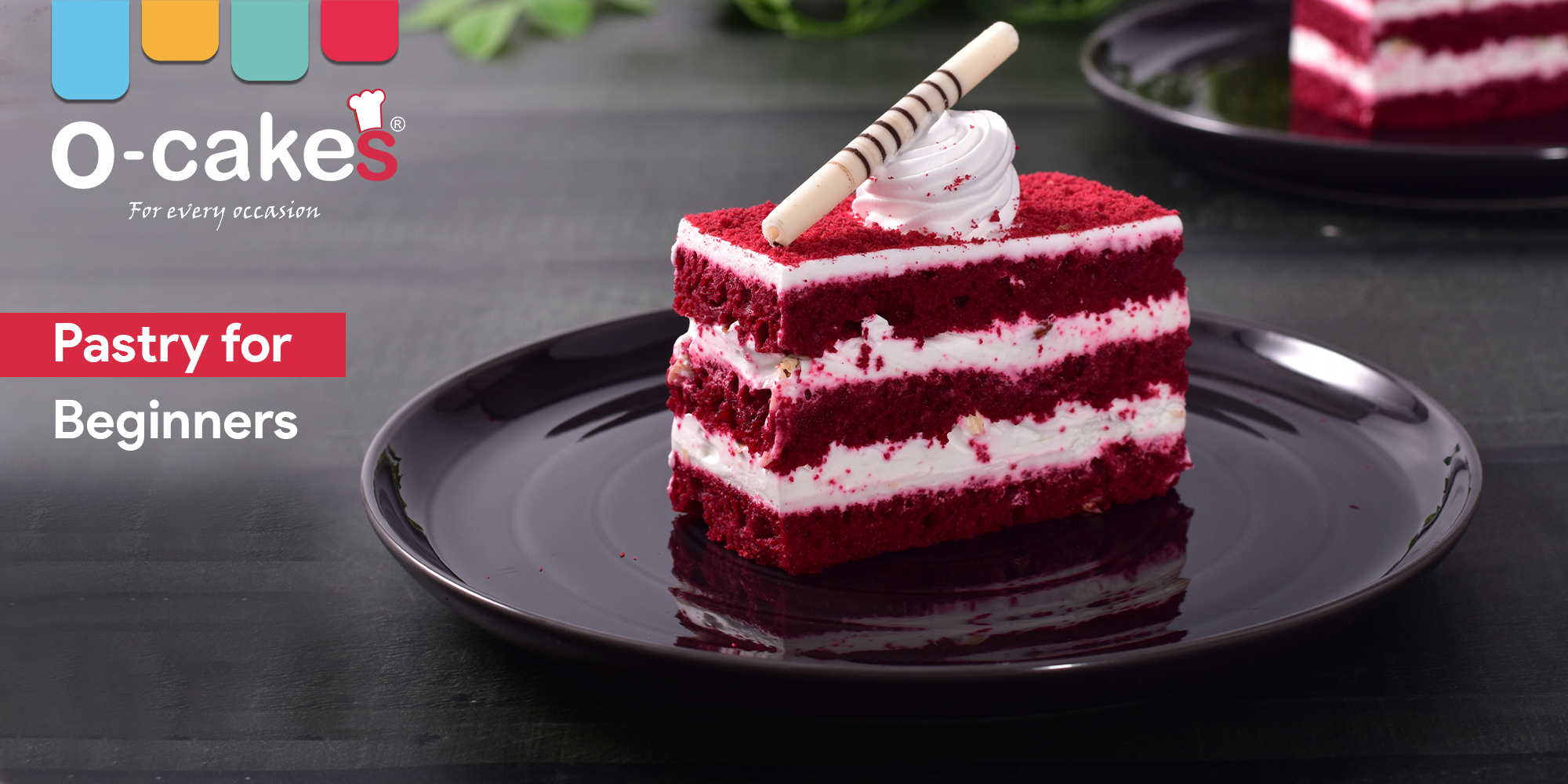Pastry for Beginners: Essential Techniques and Simple Recipes to Start With
published
December 2023topics
#Pastry for BeginnersIf you've ever been captivated by flaky croissants, buttery pie crusts, or delicate éclairs, you may have wondered how those delectable pastries are created. While pastry making can seem intimidating, it's a craft that anyone can learn with the right guidance. In this blog, we will explore essential techniques and share simple yet delicious pastry recipes that will empower beginners to embark on their pastry-making journey. So let's roll up our sleeves, dust our countertops with flour, and discover the joy of creating homemade pastries from scratch.
1. Understanding Pastry Basics:
2. The Versatile Pâte Brisée:
3. Mastering Puff Pastry:
4. Perfecting Choux Pastry:
Choux pastry is the base for delightful treats like éclairs, profiteroles, and cream puffs. We'll delve into the secrets of achieving that airy, hollow interior and crisp exterior. You'll learn how to pipe, fill, and garnish these elegant pastries to create show-stopping desserts.
5. Sweet and Savory Tartlets:
Tartlets are a fantastic canvas to showcase both sweet and savory flavors. We'll explore various fillings, from luscious fruit compotes to creamy quiches. Discover the art of blind baking and create impressive tartlets that will impress your friends and family.
5. Sweet and Savory Tartlets:
Learn the art of laminated doughs as we venture into the realm of Danish pastries. We'll guide you through the process of creating buttery, flaky dough and show you how to shape and fill it with delightful ingredients like fruit preserves, almond cream, and cinnamon sugar.
7. Tips and Tricks for Pastry Success:
In this section, we'll share some invaluable tips and tricks to help you achieve pastry success every time. From troubleshooting common pitfalls to time-saving techniques, you'll gain confidence and finesse in your pastry-making skills.
8. Perfecting Shortcrust Pastry:
Shortcrust pastry is another versatile and widely used pastry dough. We'll explore the differences between sweet and savory shortcrust, and guide you through the process of making a buttery, crumbly crust that can be used in pies, tarts, and tartlets. We'll also share tips for preventing a soggy bottom and achieving an even bake.
9. The Art of Lattice Pies:
Lattice pies are not only visually stunning, but they also showcase the artistry of pastry making. We'll provide a step-by-step tutorial on creating a beautiful lattice crust, whether it's for a classic apple pie or a berry-filled summer delight. You'll learn the weaving technique and variations to make your pies look picture-perfect.
10. Classic French Pastries:
11. Decorating Techniques:
12. Gluten-Free Pastry Alternatives:
13. Pastry for Special Occasions:
14. Exploring Global Pastries:
15. Pastry Etiquette and Storage:
16. Pairing Pastries with Beverages:
17. Pastry-Related Tools and Equipment:
Conclusion:
FAQ’s
Q1: What are the basic tools needed for beginner pastry baking?
A: Essential tools for beginners include a rolling pin, pastry brush, mixing bowls, measuring cups, and a reliable baking sheet. These basics set the foundation for successful pastry endeavors.
Q2: How do I ensure my pastry dough turns out flaky and tender?
A: Achieving flaky pastry involves using cold ingredients and handling the dough minimally. Keep butter and water chilled, and avoid overmixing the dough to maintain its delicate texture.
Q3: Can I substitute ingredients in pastry recipes?
A: While some substitutions are possible, it's crucial to understand the role each ingredient plays. For instance, swapping butter for margarine may affect the texture. Experiment cautiously, especially as a beginner.
Q4: What's the difference between puff pastry and shortcrust pastry?
A: Puff pastry is known for its many layers and light, flaky texture, often used in sweet and savory dishes. Shortcrust pastry, on the other hand, is denser and more crumbly, suitable for pies and tarts.
Q5: What's the secret to successful pastry decorating for beginners?
A: Start simple! Begin with basic icing or glazing techniques before moving on to more intricate designs. Practice piping and decorating on parchment paper to build confidence.
Q6: How do I troubleshoot common pastry problems, like a cracked crust or uneven baking?
A: Cracked crusts may result from overworking the dough; try to handle it gently. For uneven baking, rotate your baking sheet halfway through the baking time to ensure even exposure to heat.
Q7: Can I freeze pastry dough for later use?
A: Absolutely! Many pastry doughs freeze well. Place them in an airtight container after securely wrapping them with plastic wrap.
Q8: What are some simple pastry recipes for beginners to start with?
A: Start with classics like buttery shortbread cookies, basic pie crust, or easy fruit turnovers. These recipes offer a great introduction to fundamental pastry techniques.
Q9: How can I ensure consistent results when scaling recipes up or down?
A: Precision is key. Invest in accurate measuring tools, and follow ratios meticulously. Adjust ingredient quantities proportionally when scaling recipes to maintain the intended balance.
Q10: What's the difference between all-purpose flour and pastry flour?
A: Pastry flour has a lower protein content than all-purpose flour, resulting in a more tender and delicate pastry. It's ideal for recipes where a lighter texture is desired.A Few Topics to Consider
discover our blog
100+ Father’s Day Quotes, Instagram Captions, and Messages

Happy Valentine’s Day 2025: History, Quotes, Wishes, Instagram Captions & Gift Ideas

Happy Kiss Day 2025: Romantic Wishes, Quotes, Instagram Captions & Gift Ideas

